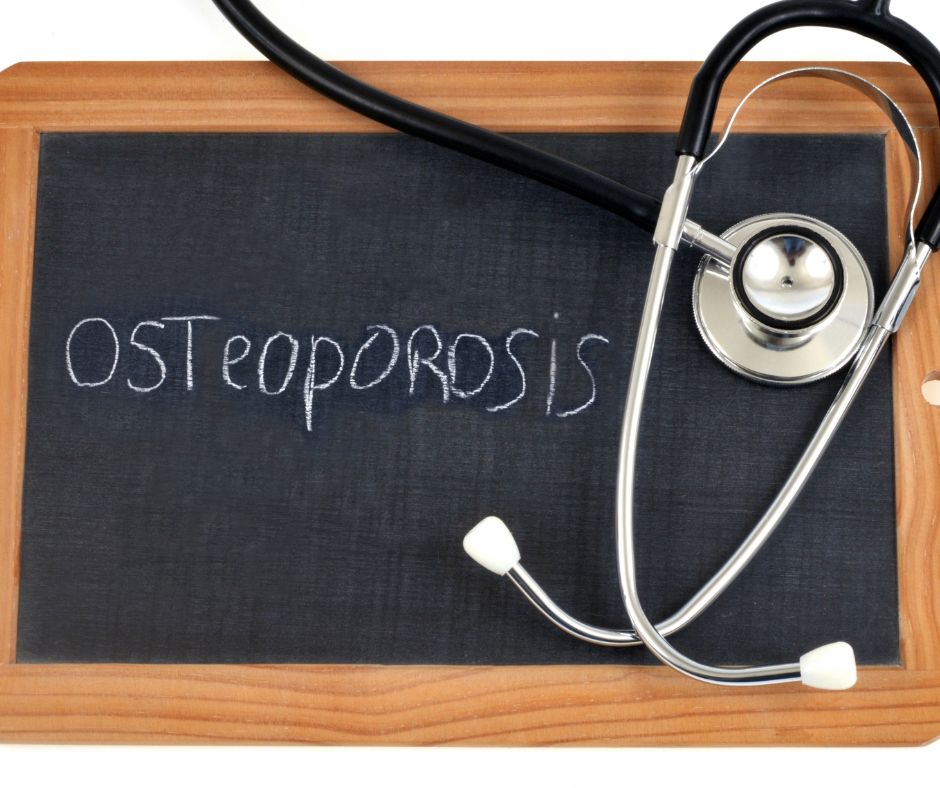Osteoporosis is a common bone condition characterized by reduced bone density and increased risk of fractures. As people age, their bones naturally lose some density, but osteoporosis goes beyond the normal aging process, making bones weak and brittle.
This condition affects millions of people worldwide, particularly women post-menopause and older adults. Here, we will explore some myths and facts about osteoporosis and discuss how osteopathy approaches treating individuals with this condition.
Myths and Facts about Osteoporosis
Myth 1: Osteoporosis is only a concern for older adults.
Fact: While osteoporosis is more prevalent in older adults, bone density loss can begin earlier in life. Building strong bones during childhood and adolescence can help reduce the risk of osteoporosis later on. Therefore, it is essential to adopt healthy lifestyle habits, including proper nutrition and exercise, from a young age.
Myth 2: Osteoporosis affects women exclusively.
Fact: Although osteoporosis affects women more frequently, men can also develop the condition. Women’s risk increases significantly after menopause due to hormonal changes that accelerate bone loss. For men, age, family history, and certain medications can contribute to osteoporosis.
Myth 3: Osteoporosis is not a severe health concern.
Fact: Osteoporosis is a serious condition that can lead to painful fractures and disability. Fractures most commonly occur in the spine, hips, and wrists, and they can severely impact an individual’s quality of life. In severe cases, complications from fractures may even lead to mortality.
Myth 4: Exercise is harmful to individuals with osteoporosis.
Fact: Regular exercise is beneficial for people with osteoporosis. Weight-bearing exercises, such as walking, jogging, and dancing, can help stimulate bone growth and maintain bone density.
However, individuals should avoid high-impact activities if they already have fractures or other medical conditions. It is crucial to consult with a healthcare professional before starting any exercise program.
Myth 5: Calcium supplements alone can prevent or treat osteoporosis.
Fact: Calcium supplements are important for maintaining bone health, but they should not be relied upon solely for preventing or treating osteoporosis. A balanced diet rich in calcium, vitamin D, and other essential nutrients, along with regular exercise, is vital for bone health.
Osteopathy and Treatment for Osteoporosis
Osteopathy is a form of complementary or alternative medicine that focuses on the musculoskeletal system’s health.
Osteopathic practitioners, known as osteopaths, use a hands-on approach to diagnose, treat, and prevent various conditions, including osteoporosis. Their treatment approach aims to improve overall body mechanics and function, which can positively impact bone health.
1. Comprehensive Assessment:
Osteopaths perform a thorough evaluation of a patient’s medical history, lifestyle factors, and physical condition. This assessment helps identify risk factors for osteoporosis and tailor treatment plans accordingly.
2. Gentle Techniques:
Osteopathic techniques focus on gentle manipulations, stretches, and massages to alleviate muscle tension, improve joint mobility, and reduce stress on bones. These non-invasive techniques aim to enhance circulation and promote healing.
3. Postural Correction:
Osteopaths work to correct posture and body alignment, which can prevent additional strain on weakened bones and reduce the risk of fractures.
4. Exercise Prescription:
Osteopaths provide personalised exercise programs that include weight-bearing and strengthening exercises appropriate for the individual’s condition and fitness level. These exercises can help build bone density and improve overall bone health.
5. Nutritional Guidance:
Osteopaths may offer nutritional advice to ensure patients consume adequate nutrients, particularly calcium and vitamin D, crucial for bone health.
6. Lifestyle Recommendations:
Osteopaths emphasize lifestyle changes, including smoking cessation and reducing alcohol consumption, as both can contribute to bone loss.
Final Thoughts
Osteoporosis is a significant health concern that affects both men and women, especially as they age. Understanding the myths and facts surrounding this condition is essential for prevention, early detection, and proper management.
Osteopathy offers a holistic approach to treating osteoporosis, focusing on improving overall musculoskeletal health through gentle techniques, exercise, and lifestyle modifications.
If you suspect you may have osteoporosis or are at risk, consult with a qualified healthcare professional, including an osteopath, for a personalized treatment plan and guidance.
